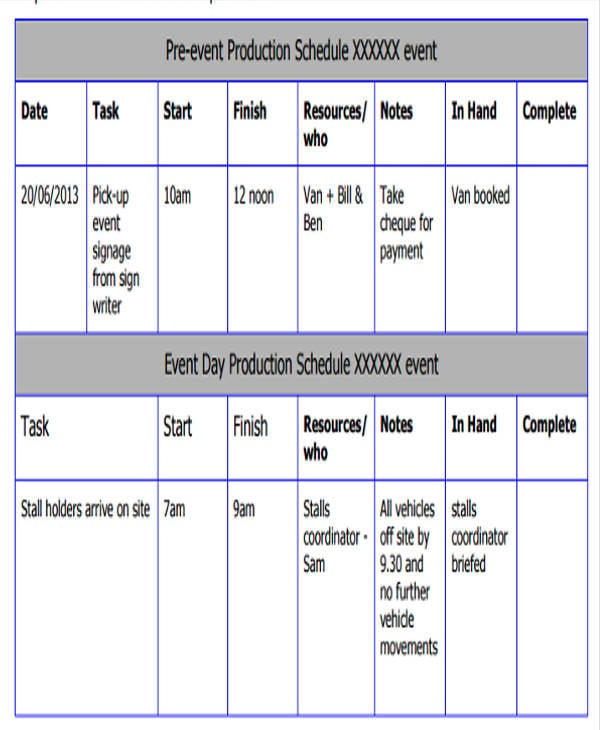Selecting the Optimal Pixel Spacing for Optimal Light Emitting Diode Wall Performance
Selecting the Optimal Pixel Spacing for Optimal Light Emitting Diode Wall Performance
Blog Article

When it pertains to LED walls, one of the important elements to consider is dot pitch. Dot pitch refers to the distance between the centers of two neighboring pixels on an light-emitting diode display. This measurement is usually expressed in mm. Understanding pixel pitch is crucial because it explicitly influences the resolution and sharpness of the images displayed. A reduced pixel pitch indicates that the pixels are closer together, leading to a higher resolution, while a bigger pixel pitch yields in a lower resolution. Therefore, selecting the right pixel pitch is vital for obtaining peak LED wall performance.
The choice of pixel pitch frequently depends on the sight distance. For instance, if the LED wall is intended to be viewed from a distance, a larger pixel pitch may be appropriate. This is due to the fact that the human eye cannot readily discern individual pixels when they are farther away. On the contrary hand, if the wall will be observed up nearby, a reduced pixel pitch is necessary. In scenarios such as inside events, where attendees are typically closer to the screen, a smaller pixel pitch will offer a crisper and more distinct image. Therefore, understanding how viewing distance impacts pixel pitch is critical to making an educated choice.
Another crucial factor is the planned use of the light-emitting diode wall. Different applications, such as advertising, concerts, or conference presentations, may require varied pixel pitches. For example, an light-emitting diode wall used for promotional purposes in a shopping mall may benefit from a pixel pitch that allows for lively colors and high detail so that it grabs the focus of bystander shoppers. Conversely, an outdoor LED wall used at a concert may prioritize brightness and visibility over resolution, allowing for a bigger pixel pitch. Therefore, the specific context in which an light-emitting diode wall will be used is vital for establishing the appropriate pixel pitch.
Pricing is also a major factor when selecting pixel pitch. Generally, LED displays with explanation smaller pixel pitches tend to be more expensive due to the increased density of pixels and the sophisticated technology required for manufacturing. Although it may be enticing to choose a high-resolution display with a small pixel pitch, budget constraints often require a balance between quality and price. Organizations should evaluate their needs and determine how much they are willing to spend in an LED wall, ensuring that the pixel pitch matches with their financial capabilities while still meeting functional expectations.
Ultimately, it is crucial to consider the maintenance and durability of the light-emitting diode wall when selecting pixel pitch. Displays with smaller pixel pitches can sometimes be more delicate and may need more careful handling and maintenance. Regular upkeep is required to ensure that the display functions effectively over time. Understanding the maintenance requirements and potential challenges associated with varied pixel pitches can assist organizations make a more informed choice. By considering all these factors, including viewing distance, planned use, budget, and maintenance, one can choose the ideal pixel pitch for optimal LED wall functionality.